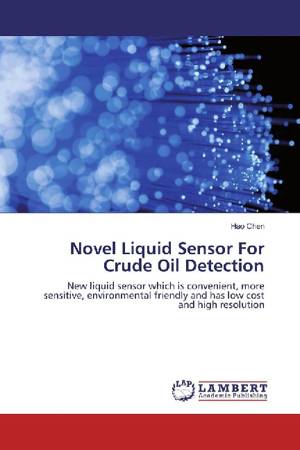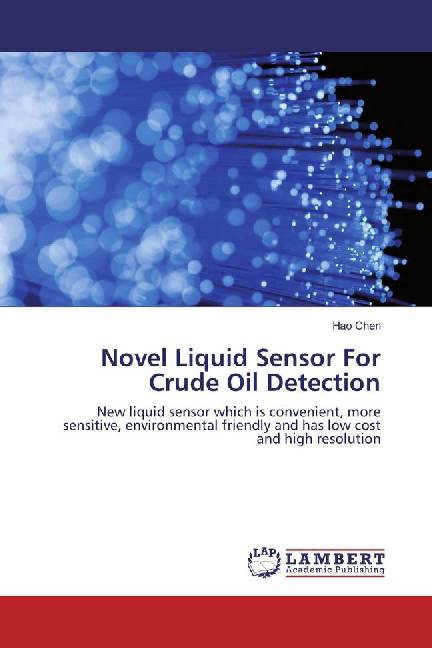
- Afhalen na 1 uur in een winkel met voorraad
- Gratis thuislevering in België vanaf € 30
- Ruim aanbod met 7 miljoen producten
- Afhalen na 1 uur in een winkel met voorraad
- Gratis thuislevering in België vanaf € 30
- Ruim aanbod met 7 miljoen producten
Zoeken
Novel Liquid Sensor For Crude Oil Detection
New liquid sensor which is convenient, more sensitive, environmental friendly and has low cost and high resolution
Hao Chen
Paperback | Engels
€ 51,45
+ 102 punten
Omschrijving
Crude oil plays a significant role in human's life. How can we detect it underground and distinguish it from other liquids is an important issue. The chemical method is commonly used in industry, which has many drawbacks. On the other hand, refractive index (RI) sensors have many advantages such as small size and high sensitivity. Furthermore, they have remote accessing ability, which makes them to have great potential applications. In order to tackle current limitations in crude oil detection, a new crude oil sensor should be developed. This book aims to develop a new crude oil sensor based on refractive index and microwave photonics techniques. It can distinguish crude oil from other liquids underground directly. In addition, it has high sensitivity and is low cost. This new sensing structure consists of a fibre laser and a microwave photonics notch filter. The sensor head, which is formed by removing part of cladding in a fibre Bragg grating, is the key component. The performance of the sensor is analysed and simulated using MATLAB and VPITransmissionMaker photonic simulation software. In addition, experiments have been conducted to verify the idea.
Specificaties
Betrokkenen
- Auteur(s):
- Uitgeverij:
Inhoud
- Aantal bladzijden:
- 200
- Taal:
- Engels
Eigenschappen
- Productcode (EAN):
- 9783659592645
- Uitvoering:
- Paperback
- Afmetingen:
- 150 mm x 220 mm

Alleen bij Standaard Boekhandel
+ 102 punten op je klantenkaart van Standaard Boekhandel
Beoordelingen
We publiceren alleen reviews die voldoen aan de voorwaarden voor reviews. Bekijk onze voorwaarden voor reviews.











